Unusual tanks of Russia and the USSR. Rocket Tank "Object 775"
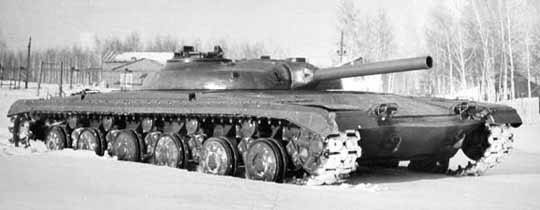
At the beginning of the 60s of the last century, with the accelerated development of rocket weapons, tank builders once again turned their attention to the possibility of installing a rocket weapons. As it seemed then, one of the promising directions for the development of tank weapons was the installation of missile weapons on the tank, not as additional, but as the main one. The idea of creating a small, maneuverable, equipped with powerful missile weapons, with a long range of defeat "fighter tanks"Was at that time very relevant for Soviet engineers. One example of this direction in stories domestic tank building project can be called a rocket tank, known as the "object 775."
Work on this new project was carried out in the USSR, in the design office of the Chelyabinsk plant, in the period from 1962 to 1964 years of the twentieth century. The project manager and lead engineer was Pavel Isakov. In a short time, the design engineers of the design bureau developed working drawings for the future car, a new chassis design and a layout scheme. It differed from the classical layout scheme in that both crew members, a driver and commander, who was also a gunner-operator, were located in a special, isolated cabin located in the tank turret. During the rotation of the tower cabin rotated with it. Moreover, the place of the driver had a separate, independent design, allowing the driver to always face forward, regardless of which way the turret of the tank was turned. A distinctive feature of the hull and tower design was that, thanks to the original layout of the crew, it was possible to achieve a significant reduction in the height of the vehicle and thereby reduce its vulnerability, making it possible to use even the smallest folds of the ground as a shelter. However, the low silhouette of the car limited the crew members to review and observe the changes taking place on the battlefield. Combined with the fact that the machine was equipped with special equipment and self-digging mechanisms, the survival rate of the machine in the conditions of modern combat should have been very high.
The opposing 5-cylinder diesel tank engine 5TDF with liquid cooling power 700 hp, providing the average speed of movement on solid ground up to 70 km per hour was chosen as the power unit. The capacity of the fuel tanks allowed the car to pass more than 550 km without additional refueling. Unlike its predecessors (IT 1, “287 object”, “430 object”), it was decided to change the design of the suspension on the “775 object”. Instead of a torsion bar suspension, a hydropneumatic one was installed, equipped with a clearance change mechanism, depending on the combat situation and the nature of the terrain. The rocket tank turret was cast, flattened, with a very low silhouette, thanks to which the height of the vehicle was 1740 mm. The armored body of the car was assembled by butt-welding from rolled sheet armor with a sheet thickness from 30 to 120 mm, which allowed, given the small size and light weight for this type of machine (no more than 37 tons), to make the armor protection of the machine comparable to that of heavy vehicles. tanks. In addition, to protect the crew from radioactive radiation in the event of the use of nuclear weapons, armor plates were covered from the inside with a special plastic-based compound.
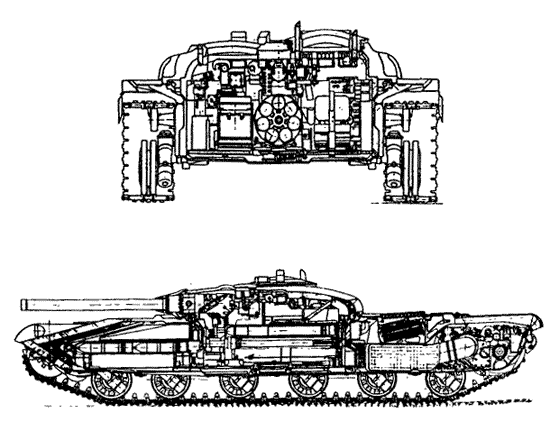
The main weapon of the “fighter” of tanks was a rifled 125-mm cannon - a rocket launcher with a semi-automatic loading mechanism, the D-126, created in OKB-9 and capable of firing both conventional unguided anti-tank missiles and guided missiles and man-to-man-to-man-to-man-to-man-to-man-to-man-to-man-to-man guns as well as guided missiles and 95% to 100 to 100 years old. (NURS) and (ATGM) to 4 000 meters. In addition, one 9-mm SGMT tank machine gun was installed. The ammunition consisted of 000 high-explosive fragmentation rockets and 7,62 22М15 “Typhoon” guided missiles, the cumulative warhead of which is capable of burning up to 9 mm of armor at an encounter angle of 15 ° and up to 250 mm at an angle of 60 ° of armor to X-NUMX mm and 500-90 This was abundant enough to guarantee the destruction of any of the heaviest and well-armored tanks, which at that time were in service with any foreign army. Targeting was carried out with the use of infrared rays by a semi-automatic guidance complex created at the Rubin Design Bureau.
Tests of the car were carried out up to 1965 of the year, on them the “tank destroyer” showed not bad running and fighting qualities. However, the tank was never accepted for service, which was the reason for this, it is difficult to say now. Perhaps because of the flaws and poor reliability of the missile guidance system, or because of the complexity and high cost of production. The only surviving 775 Object is currently on display at the Kubinka Tank Museum.
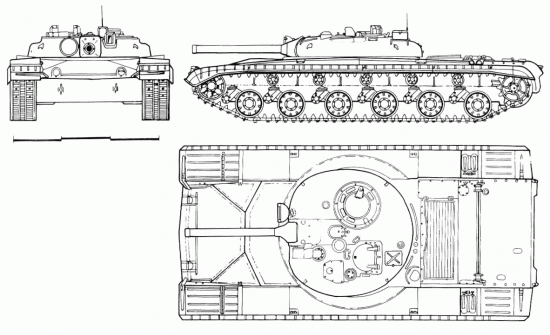
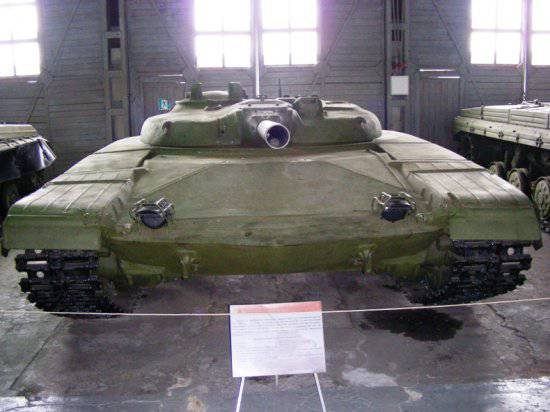
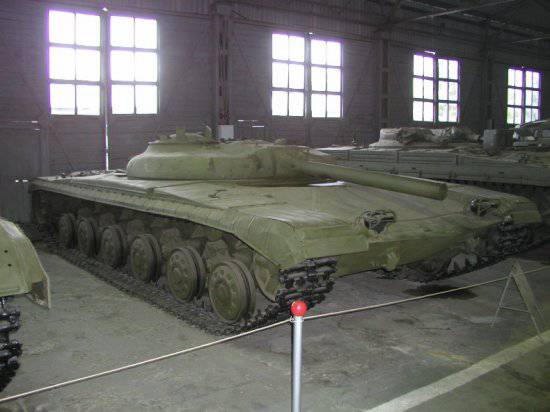
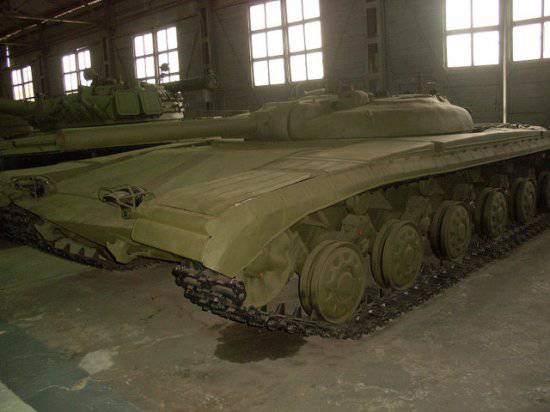
Information